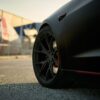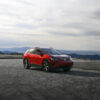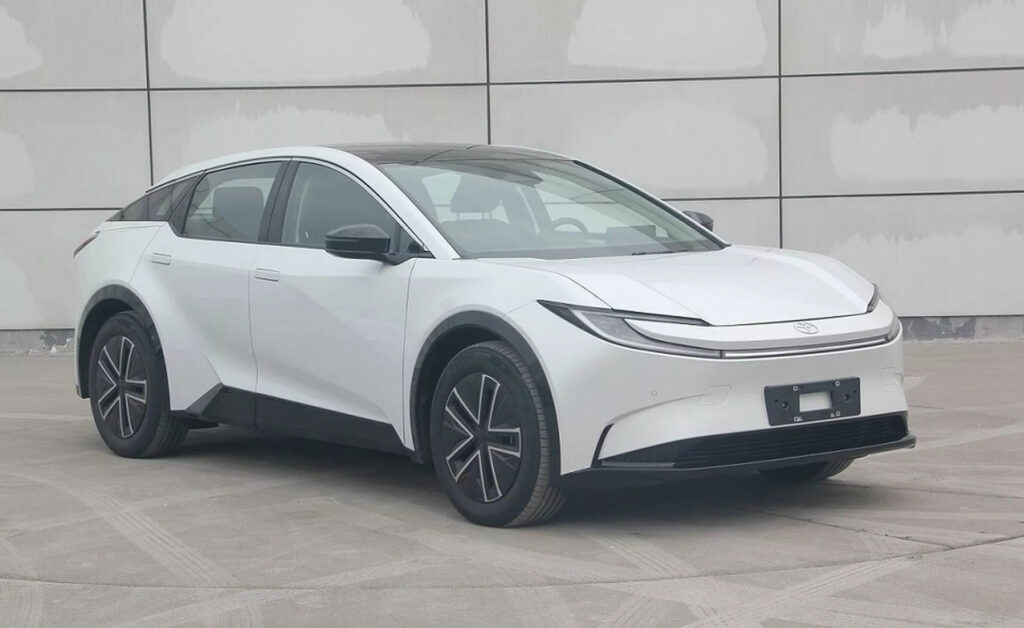
Toyota (TM), long-revered for its hybrid dominance, is taking another calculated step into the electric vehicle (EV) market with the introduction of the bZ3C. However, in typical Toyota fashion, it feels like they’ve hit the EV scene late.
Their third all-electric model still has that “playing catch-up” energy, even as the automaker submits its sales license application in China. Fortunately, thanks to China’s Ministry of Industry and Information Technology (MIIT), we get an early glimpse at what this car really has to offer.
The FAW-BYD-Toyota Collaboration: A Local Power Play
The bZ3C is no solo act. Production is set to begin in Q4 2024 at Toyota’s FAW joint-venture plant in Tianjin, marking a strong collaboration between Toyota and two Chinese auto powerhouses—FAW and BYD.
While Toyota supplies the name and design cues, it’s BYD’s electric expertise that powers this vehicle. This isn’t just a simple outsourcing deal; it’s a strategic partnership aimed at making Toyota relevant in the world’s largest EV market—China.

It’s telling that Toyota chose to collaborate with BYD, one of the most formidable EV manufacturers in China. BYD isn’t just a player in the Chinese market; it’s a global contender with its own battery and electric powertrain technologies.
For Toyota, it’s almost like admitting that to succeed in the EV race, they need to tap into China’s strengths.
Design: Familiar, Yet Forward-Looking
At first glance, the bZ3C doesn’t scream “revolutionary,” but it does look refreshingly different. Borrowing elements from the Toyota Prius, this coupe-SUV hybrid balances familiar design with forward-looking tweaks.
Its dimensions—4780 mm in length, 1866 mm in width, and 1510 mm in height—position it firmly in the mid-size category, close to competitors like the Tesla Model Y.
What gives the bZ3C its character are subtle details like the lobster-claw-shaped LED headlights, connected by a sleek light bar across the front fascia. There’s a touch of futurism in its styling, but it doesn’t stray too far from Toyota’s playbook. It’s like they’re dipping a cautious toe into the electric design pool rather than diving in headfirst.

Interestingly, the production version revealed by MIIT shows minor but notable design changes from the concept displayed at the Beijing Auto Show earlier this year.
Gone are the small black air vents on the front quarter panels, which were part of the show car, giving the production model a cleaner, more streamlined look. The split roof spoiler, LED taillights, and flush door handles remain unchanged, adding to the car’s sleek, modern aesthetic.
BYD’s Powertrain Tech: A Game-Changer for Toyota?
Under the hood—or more precisely, beneath the floor—BYD’s cutting-edge technology takes center stage. The bZ3C is powered by a 268-horsepower (200 kW) single electric motor, sourced from BYD’s subsidiary Fudi Power, and paired with a lithium iron phosphate (LFP) battery.
With a CLTC cycle range of 500 to 600 kilometers (roughly 310 to 372 miles), the bZ3C is clearly designed with urban and suburban driving in mind.
This battery technology is worth a closer look. LFP batteries, while not as energy-dense as some alternatives, offer greater longevity and safety, making them an attractive choice for everyday vehicles. It’s a pragmatic decision by Toyota and BYD, favoring durability and reliability over sheer performance.
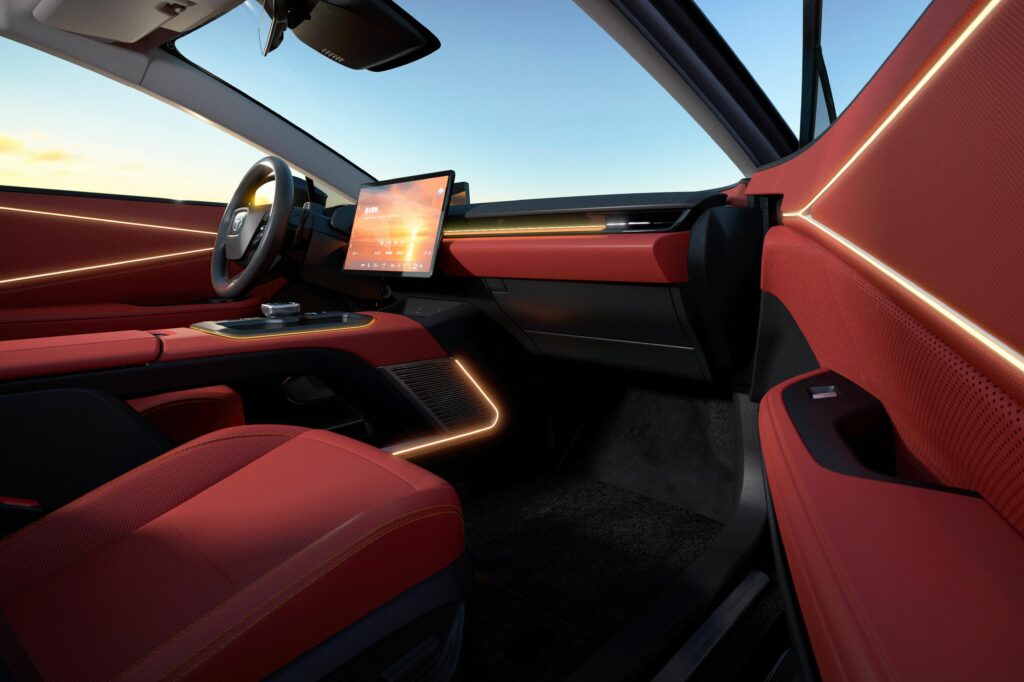
And let’s be real—most drivers aren’t taking their EVs to the track. They want a vehicle that can reliably get them through their daily commute and weekend trips without worrying about battery degradation after a few years.
The top speed, limited to 160 km/h (99 mph), is more than sufficient for the typical driver in China, where speed limits and driving conditions rarely necessitate more. It’s clear that Toyota is betting on the bZ3C being a reliable, practical EV rather than a speed demon.
The Bigger Picture: Toyota’s Reluctant Electrification Journey
Toyota’s hesitation to fully commit to electric vehicles has been well-documented. Despite their early success with hybrids, they’ve been slow to transition to all-electric models. The bZ3C, while a step forward, feels like another cautious move rather than a bold leap.
By partnering with BYD, Toyota is taking a safer route—leveraging a local leader in EV tech rather than developing everything in-house.
This approach makes sense, especially in China, where local EV companies are thriving. The collaboration with BYD allows Toyota to benefit from BYD’s advanced battery technology and production efficiencies while still maintaining its brand identity.
It’s a calculated risk but one that underscores Toyota’s gradual and somewhat reluctant approach to electrification.
But why so hesitant? Part of the reason could be that Toyota remains committed to its hybrid lineup, where it continues to dominate. The brand’s strategy may involve a slow transition, gradually shifting from hybrids to fully electric vehicles as markets evolve.
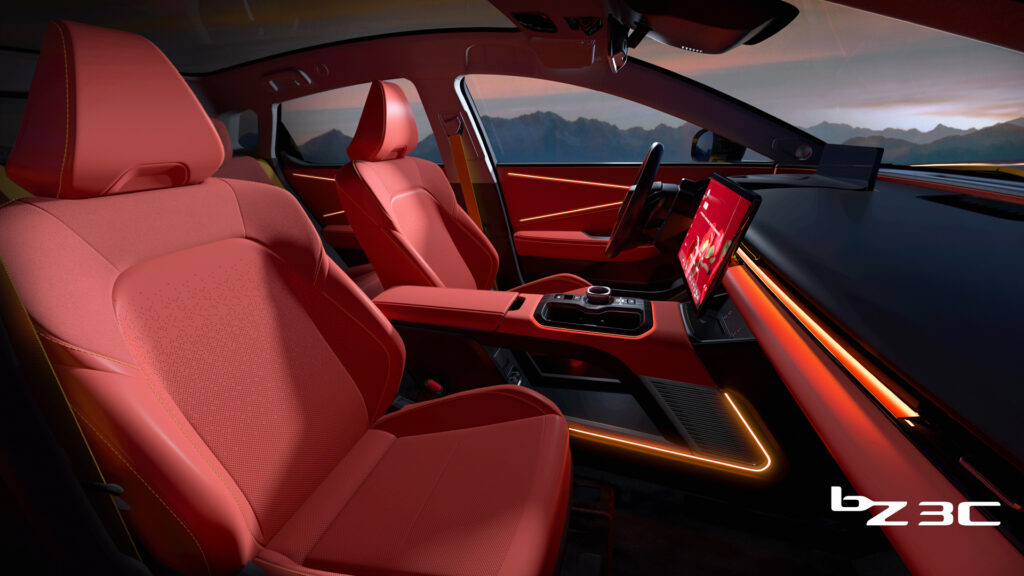
However, the growing pressure to electrify—especially in regions like Europe and China—means that Toyota can’t afford to wait much longer.
Will the bZ3C Reach Global Markets?
Right now, the bZ3C is tailor-made for China, where EV adoption is accelerating at a breakneck pace. However, the question remains: Will it ever reach markets outside of China? While no official word has been given, it’s unlikely that Toyota will keep this model exclusive to one region forever.
The platform is shared with the bZ3 sedan, and with some modifications (possibly swapping out BYD’s powertrain to avoid tariffs on Chinese-made components), the bZ3C could eventually roll out in North America or Europe.
But even if it does, don’t expect it to happen overnight. Toyota is clearly taking a methodical approach to its EV rollout, and global expansion will depend on the success of this model in China first.
It’s also possible that Toyota could release a variant of the bZ3C with different specs, targeting different markets based on consumer preferences and regulatory requirements.
Charge Complete
The bZ3C is a pivotal vehicle for Toyota, representing both their growing commitment to the EV market and their reliance on Chinese partners like BYD. While it may not push boundaries in terms of design or performance, it’s a solid, pragmatic entry into the mid-size EV market.
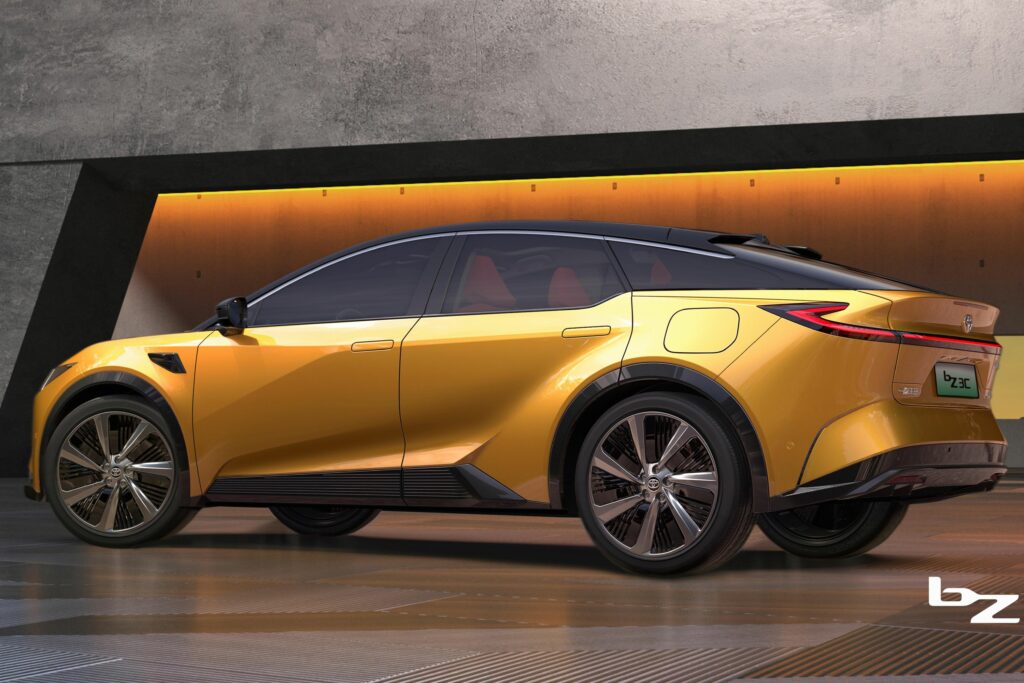
With its blend of Toyota reliability and BYD’s electric expertise, the bZ3C is poised to make a strong impact in China—and potentially beyond.
As Toyota slowly ramps up its electric vehicle lineup, the bZ3C is a reminder that even industry giants have to evolve with the times. Whether this collaboration with BYD is a one-off or the beginning of a new era for Toyota’s electrification strategy, one thing is clear: the future is electric, and Toyota is finally joining the party—even if fashionably late.


